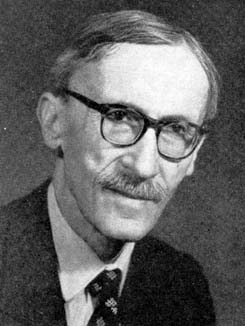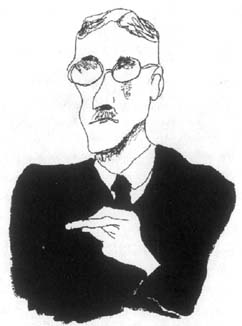<Back to Index>
- Mathematician Paul Pierre LÚvy, 1886
PAGE SPONSOR


Paul Pierre LÚvy (15 September 1886 ľ 15 December 1971) was a Jewish French mathematician who was active especially in probability theory, introducing martingales and LÚvy flights. LÚvy processes, LÚvy measures, LÚvy's constant, the LÚvy distribution, the LÚvy skew alpha - stable distribution, the LÚvy area, the LÚvy arcsine law, and the fractal LÚvy C curve are also named after him.
LÚvy was born in Paris, the son of Lucien LÚvy, an Examiner at the ╔cole Polytechnique. LÚvy also attended the ╔cole Polytechnique and published his first paper in 1905 at the age of 19, while still an undergraduate. His teacher and advisor was Jacques Hadamard. After graduation he spent a year in military service and then studied for three years at the ╔cole des Mines, where he became a professor in 1913.
During World War I LÚvy conducted mathematical analysis work for the French artillery. In 1920 he was appointed Professor of Analysis at the ╔cole Polytechnique, where his students included Benoţt Mandelbrot and Georges Matheron. He remained at the ╔cole Polytechnique until his retirement in 1959, with a gap during World War II after his 1940 firing because of the Vichy Statute on Jews.
LÚvy received a number of honors, including membership at the French Academy of Sciences and honorary membership at the London Mathematical Society.